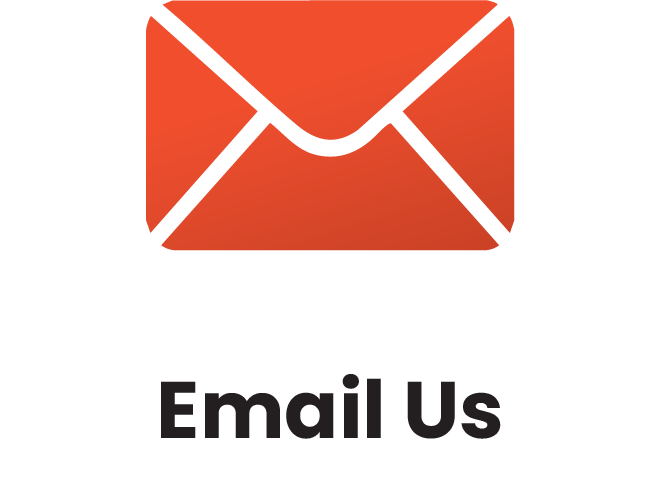Interactive training sessions led by experienced facilitators.
What is In-Person, Instructor-Led Training?
Our in-person training is delivered by a live facilitator who works directly with your team at your location. It’s our most popular format because it allows for real-time interaction, hands-on learning, and direct support.
Every session is tailored to your team’s specific goals, industry, and challenges—no generic, one-size-fits-all programs. Whether it’s a single session or a full training series, we design the experience to be relevant, practical, and fully aligned with your needs.
What is Live Webinar Training?
Live webinars are facilitator-led training sessions delivered online in real time. They’re ideal for teams working in different locations or with busy schedules.
This format offers shorter, more frequent sessions that are easy to coordinate—making it a convenient option for organizations with remote or distributed teams.
What is Virtual Classroom Training?
Virtual Classroom training is live, instructor-led training delivered online. It offers the same interactive experience as in-person sessions, with real-time discussions, group activities, and instructor feedback.
It’s a flexible option for organizations that want to reduce travel, save costs, or better fit training into busy schedules.
What is a Lunch & Learn Session?
Lunch & Learn sessions are short, facilitator-led training sessions delivered in person or online—typically during the lunch hour. They focus on specific topics or skills and offer a quick, engaging way to learn without a full-day commitment.
These sessions can be offered as one-time events or as part of a series, making them a great option for ongoing, bite-sized learning.
Online Learning
Enjoy our self-paced option and learn from anywhere!
$279.00 USD
Logistics and Supply Chain Management
The supply chain is a crucial part of any business’ success. Optimizing the flow of products and services as they are planned, sourced, made, delivered, and returned can give your business an extra competitive edge.
This two-day course will introduce you to the basic concepts of supply chain management, including the basic flow, core models, supply chain drivers, key metrics, benchmarking techniques, and ideas for taking your supply chain to the next level.
LEARNING OBJECTIVES
Learning Objectives
This two-day course will help you teach participants:
- Define supply chain management and logistics
- Explain the vertical integration and virtual integration models
- Understand the stages in the basic supply chain flow
- Identify participants in the supply chain
- Recognize supply chain drivers and ways to optimize them
- Align supply chain strategy with business strategy
- Determine what metrics to track and how to benchmark the related data
- Troubleshoot basic supply chain problems
- Identify ways to develop your supply chain, such as using third-party logistics providers (3PL’s), insourcing processes, developing sustainable and eco-friendly strategies, leveraging process improvement strategies, and adopting new techniques


COURSE OUTLINE
You will spend the first part of the day getting to know participants and discussing what will take place during the workshop. Students will also have an opportunity to identify their personal learning objectives.
Getting Started
The beginning is always a good place to start. Right here students will learn about the terms that arise from a definition of logistics and supply chain management. Also covered here are related regulations and resources.
The Evolution of the Supply Chain
This session gives students a look at the vertical and virtual integration models for supply chains. The focus then shifts to anticipated changes in supply chains.
The Basic Supply Chain Structure
This session delves into the structure of supply chains. Students are shown the links in a chain, participants in a supply chain, how to design a supply chain, and it wraps up with a look at the bullwhip effect.
Supply Chain Drivers
This is where students will learn about some key drivers that impact the efficiency and effectiveness of supply chains. Also covered in this session is a discussion of transportation methods.
Aligning Your Supply Chain with Business Strategy
Covered in this session are ways to identify your market and how to look at your role in a supply chain. Also touched upon is how to analyze the data you’ve uncovered and the next steps to identify where you want to be.
Managing Supply Chain Risks
This session gives students a chance to consider supply chain risks and ways to manage them.
Tracking and Evaluating Supply Chain Data
This session tackles data head-on and looks at ratios and formulas, benchmarking, the SCOR model, the Balanced Scorecard, and supply chain management dashboards.
Troubleshooting Supply Chain Problems
Here, students are given tips and methods on how to pick up on signs of trouble in a supply chain and supply chain best practices.
Sharing Supply Chain Activities
This is the session that addresses outsourcing, insourcing, offshoring, and reshoring. It also covers third- and fourth-party logistics providers, as well as ways to build partnerships within a supply chain.
Sustainable Supply Chain Strategies
Students are introduced to sustainability as it relates to supply chains in this session and how to reduce their supply chain’s impact on the environment.
Applying Lean Techniques to the Supply Chain
Lean techniques are useful for a supply chain and students are given a grounding in this topic here as well as how to apply Lean practices to a supply chain.
The Future of Supply Chain Management
It’s always good to consider the future of any industry your students are involved in and this session looks at the top trends in supply chain management.
Workshop Wrap-Up
At the end of the course, students will have an opportunity to ask questions and fill out an action plan.


















